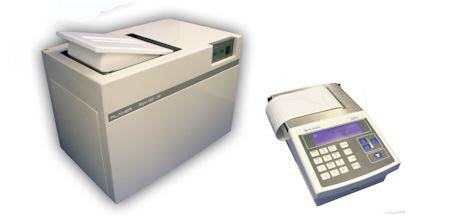Although cancer is still a major cause of mortality in young people, the great improvements in treatments mean that adolescent cancer mortality rates are now declining and long-term survival can be expected in some 80% of patients. Unfortunately both male and female fertility is damaged by exposure to chemotherapy agents and radiation treatments and the treatments used to cure a cancer may render patients temporarily or permanently infertile.
Different strategies have been developed to try to safeguard the fertility of younger patients. Cryopreserved ovarian tissue have been grafted with success since 2004 - the first such birth in Louvain, Belgium under Prof Donnez. Cryopreservation of spermatozoa is routinely used to preserve fertility in males but, for some adolescents it may not be possible to recover sperm or the patient may be too young. Experimental techniques such as testicular tissue freezing, while promising, require further research before they can be fully integrated into routine treatments.
Of the frozen ovarian tissue graft births worldwide so far, nearly all have come from slow freezing. This is reckoned by experts to be because controlled rate freezing is more suitable for freezing the larger and more complex tissues such as ovarian cortex; additionally the method produces samples more suited to specimen transport, long-term storage and audit. Testicular tissue freezing is less established than ovarian and one expert says that in this case again the best approach may well be slow freezing. Testicular tissue is less tough than ovarian cortex and so may be more easy for cryoprotectants to penetrate. The aim following the freeze/thaw of testis tissue would be to purify and transplant spermatogonial stem cells to restore fertility rather than to autograft pieces of testicular tissue - it is a different procedure to grafting frozen/thawed ovarian cortex fragments. So, different strictures may apply to the freezing and thawing methods for these two tissue types; in the opinion of one expert, “we need to produce better optimised protocols for slow freezing".
There are two new papers summarising current practices in Ovarian Tissue freezing and transplants and Testicular Freezing and transplant. One is a European perspective on testicular tissue cryopreservation for fertility preservation in prepubertal and adolescent boys by Prof Helen Picton et al of the University of Leeds, UK and the other is by Dr A.K. Jensen et al of Copenhagen University Hospital, Denmark,
The two articles may be viewed at:
Testicular tissue cryopreservation
http://humrep.oxfordjournals.org/content/30/11/2463
Ovarian tissue cryopreservation
http://humrep.oxfordjournals.org/content/early/2015/10/03/humrep.dev230.full

